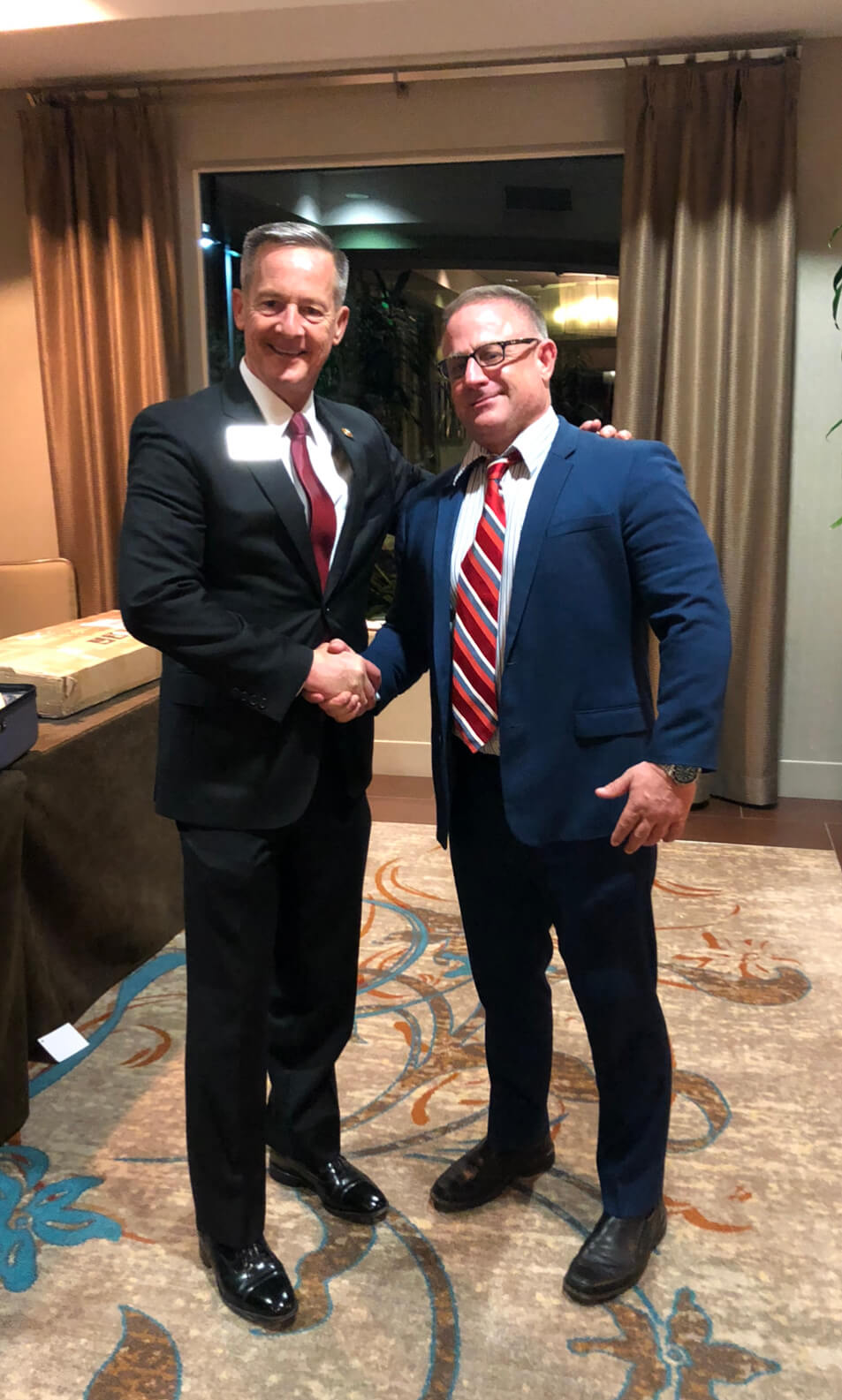Agent Orange/Dioxin History: The Toxic Legacy Continues

Tactical use of “rainbow herbicide,” Agent Orange made headlines when the United States government decided to use it in the Vietnam War from 1961 to 1971.
Initially produced in the 1940s for the agricultural chemical industry, the herbicide would help control undergrowth in the forests.
Agent Orange History and the Vietnam War
Composition of Agent Orange
The United Kingdom and the United States produced Agent Orange by mixing equal proportions of two different herbicides, 2,4-D, and dioxin-contaminated 2,4,5-T.
About Dioxin
Also known as 2,3,7,8, tetrachloro-dibenzo-para-dioxin or TCDD, Dioxin exists as a by-product of industrial processes, and chlorinated dioxin forms during combustion.
Manufacturers never produced Dioxin as a marketable product, unlike polychlorinated biphenyls. It is highly toxic, destroying the environment and negatively affecting health.
Companies Manufacturing Contaminated Agent Orange
At the time, nine chemical companies agreed to produce the toxic herbicide for the US herbicidal warfare program.

These included Dow Chemical Company, Hercules Inc., Agriselect, and Thompson Chemical Co., among others.
Use of Agent Orange in Vietnam
The US military used toxic herbicides during Operation Ranch Hand in South Vietnam to destroy dense forests where the enemies would take refuge and their food crops, affecting their food supply.
During chemical warfare, the US military dumped 50 million liters of deadly chemical substances containing 170 KGs of dioxin contaminant.
The concentrations were 20 to 50 times more than the recommended agricultural use.
Human Exposure to Dioxin
The Dioxin in the herbicide is toxic even in small amounts. Exposure to the chemical could increase the risk of birth defects, miscarriages, skin diseases, and liver problems in the short run.
Over some time, the human health effects of the chemical could intensify. Since it is carcinogenic, it could lead to type II diabetes, cancer, immune system disorders, and other severe health conditions.
Damage from Exposure to Agent Orange
The toxic herbicide destroyed 5 million acres of mangrove forests and more than 500,000 acres of crops in Vietnam.
The military dumped the chemical over 3,181 villages using helicopters and airplanes.
The deadly herbicides sprayed injured and killed over 400,000. A further 2 million people in Vietnam had cancer and other health problems related to Agent Orange.
First Agent Orange Litigation Settled in 1984
In 1979, Vietnam veterans returned home and started developing cancer and experiencing other health disorders.
They brought a class action lawsuit, which went on for five years before the seven large chemical manufacturers agreed to pay $180 million in damages to the 250,000 Agent Orange victims.
Recovering compensation at the time was difficult, as establishing conclusive proof was challenging.
In 1991, George Bush signed the Agent Orange Act that would make it easier for veterans to receive health benefits for diseases related to the deadly herbicide exposure.
Contamination in Missouri
In the 1960s and early 1970s, a chemical company named NEPACCO started producing hexachlorophene.
Upon removing the impurities, the company had a high load of 2378-TCDD in their holding tanks. During that time, NEPACCO contacted Russell Bliss to recycle the “chemical waste oil.”
Bliss typically dealt with crankcase oil, but that day, mistakenly, transported the TCDD. Bliss used the oil from the chemical plant to spray nearby soil at Bubbling Springs arena and the Timberline Stables arena for dust control. The soil then moved from the arenas to building sites, spreading the contaminated soil across Missouri.
Animals in the area experienced health problems while the soil became highly contaminated due to dioxin exposure. The Environmental Protection Agency (EPA) got involved after it became clear that a massive problem was boiling in Missouri. They evacuated the entire Times Beach and started remediation plans.
In 1994, a massive report called “Dioxin reassessment” included a detailed review of the health consequences of Dioxin contamination. However, the report didn’t become public until very recently.
If you are a veteran, marine, or a family member of one and believe your illness is due to exposure to toxic chemicals while residing on a military base, contact us for a free consultation with a VA disability expert to learn about any benefits or grants you may qualify for as compensation.
AgentOrange.Org Foundation
400 S 4th Street
Las Vegas, CA 89101
Phone : (888) 000-0000
© agentorange.org. All rights reserved.
Advertisement Donations submitted through donation forms on AgentOrange.Org are tax-deductible as business expenses to the fullest extent allowed by U.S. and state laws until AgentOrange.Org™ is registered as a U.S. nonprofit, tax-exempt charitable Section 501(c)(3) organization under the U.S. Internal Revenue Code. (Tax identification number to follow.)